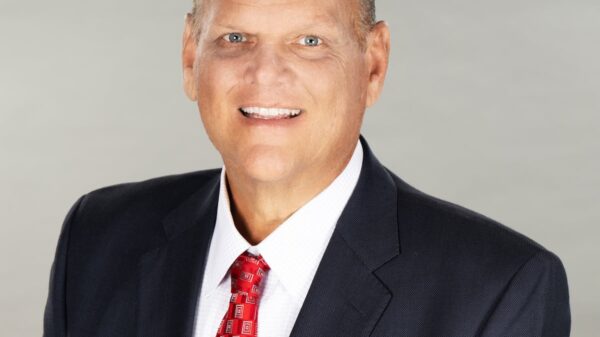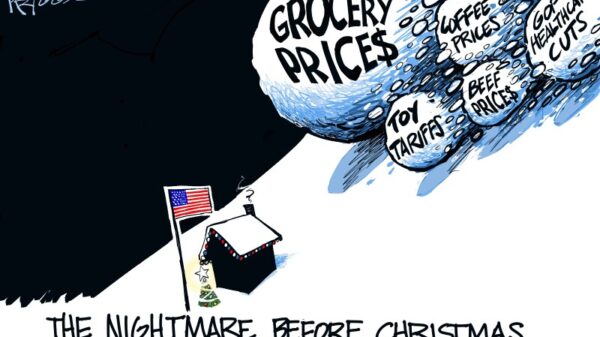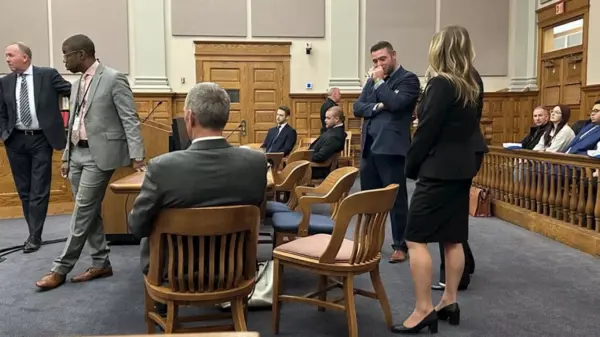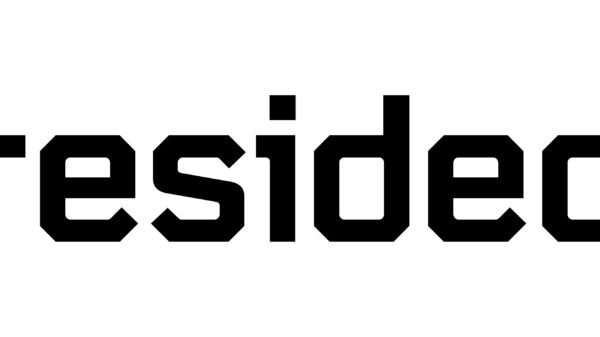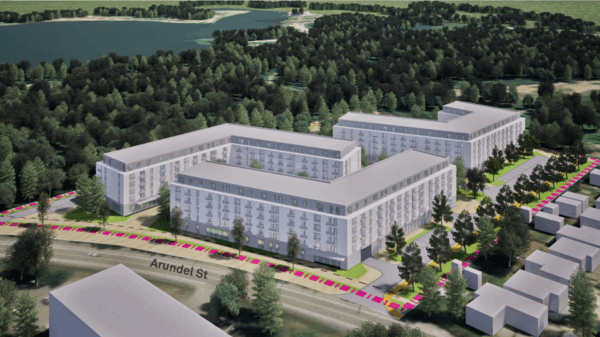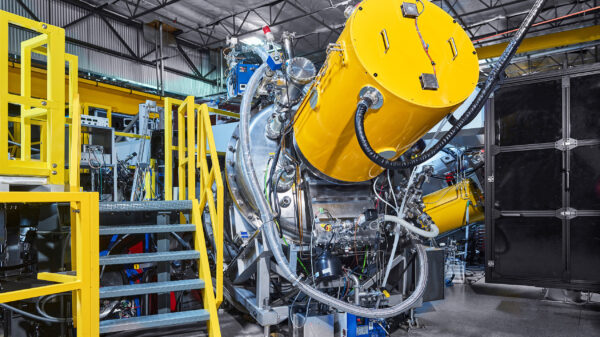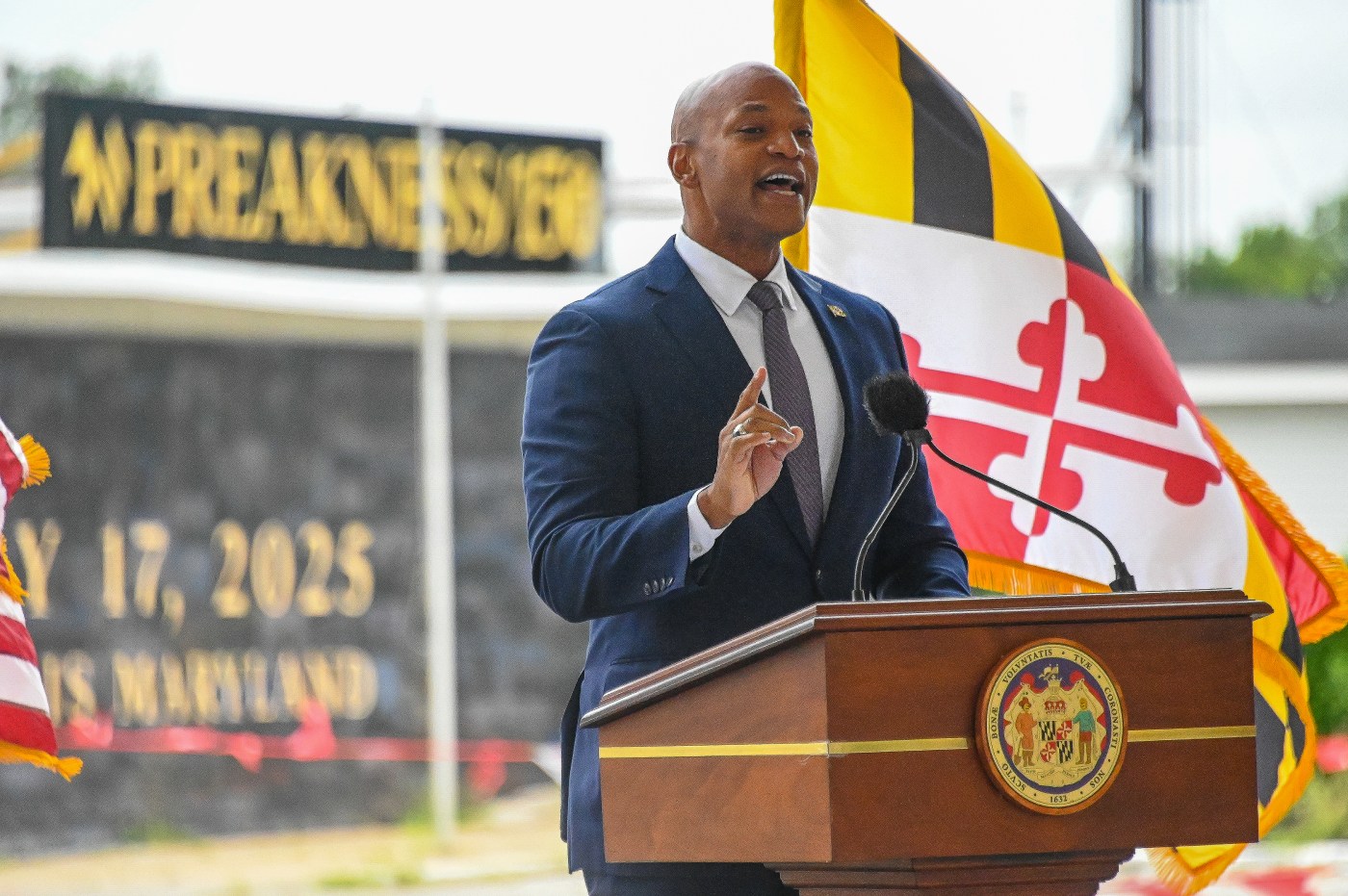Governor Wes Moore has recently come under scrutiny for prioritizing national media appearances over local engagements. Although he has publicly denied any intentions of running for president, his activities suggest otherwise. Throughout August, Moore was largely absent from Maryland media while making several appearances on prominent national news networks. His recent exchanges with former President Donald Trump have further fueled speculation, as he has directly criticized Trump, labeling him a “chicken hawk” and urging him to “keep our names out of your mouth.”
While many acknowledge that engaging with a national audience is essential for a public figure, Moore’s approach raises questions about his commitment to Marylanders. His focus appears to be on cultivating a national profile, often at the expense of local media. This strategy may be risky, especially given recent polling that indicates a significant portion of Maryland residents are dissatisfied with his leadership.
Moore’s interactions with national outlets allow him to present a narrative about Maryland that may not fully resonate with those who live in the state. For instance, he often speaks positively about Maryland’s budget and economic outlook, but the national media may not always probe deeper into the financial challenges the state faces. As he shares optimistic stories about Maryland’s future, residents are left questioning the realities of rising electric rates and the implications of recent budget changes that may negate promised tax relief.
Challenges Ahead for Moore’s Administration
The 2022 Democratic primary saw Moore win approximately 218,000 votes from a total of 671,000 cast. His victory was notable but not overwhelming, especially considering the relatively weak opposition he faced in the general election. His opponent, Dan Cox, was a pro-Trump candidate in a state that largely opposes Trump’s policies. Had Moore competed against a stronger candidate, such as former Maryland Secretary of Commerce Kelly Shultz, the outcome might have been different.
Moreover, a recent poll indicates that only about 50% of Maryland residents approve of Moore’s performance. This statistic highlights the disconnect between his national narrative and the sentiments of local constituents. Critics argue that his administration has struggled with pressing issues such as rising unemployment, increased taxes, and challenges in public safety, particularly in Baltimore, which is still perceived as one of the most dangerous cities in the United States.
Despite some improvements, such as a reduction in crime rates in Baltimore, Moore’s administration faces significant hurdles. The Blueprint for Maryland’s Future, an ambitious education reform initiative, may lead to multibillion-dollar deficits by 2030. Additionally, a hiring freeze at state agencies shortly after his announcement to expand the workforce raises questions about the effectiveness of his strategies.
Looking Forward: A Call for Focus on Maryland
As Governor Moore continues to engage with national media and travel extensively, he risks alienating the very constituents he aims to serve. His penchant for public feuds and national visibility may detract from addressing local issues that matter most to Marylanders. Many residents are more interested in tangible results than in optimistic assessments or blame-shifting.
While Moore is entitled to seek national recognition, he must also demonstrate a commitment to the people of Maryland. Rebuilding bipartisan coalitions, similar to those created by former Governor Larry Hogan, could be crucial for garnering local support and improving public perception.
With the complexities of governance in mind, Moore’s challenge lies in balancing his national aspirations with the pressing needs of his state. As he moves forward, the emphasis should be on creating positive change in Maryland rather than solely cultivating a national image. Only then can he hope to regain the trust and support of his constituents who are eager for effective leadership and real solutions.














